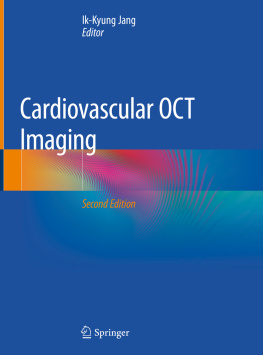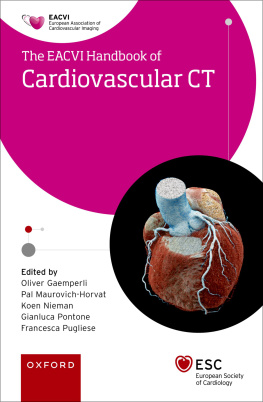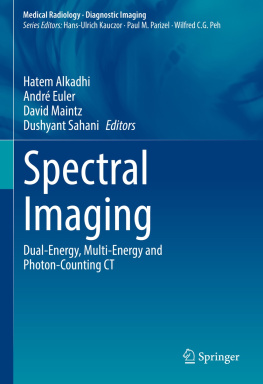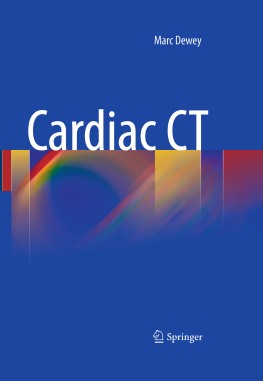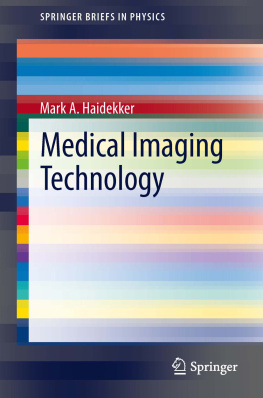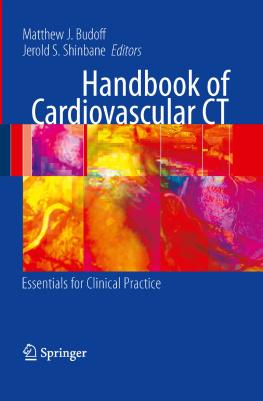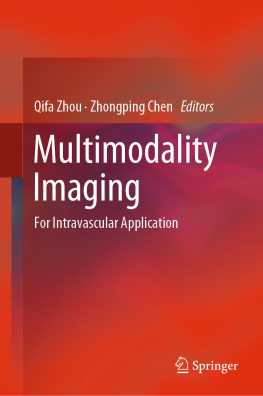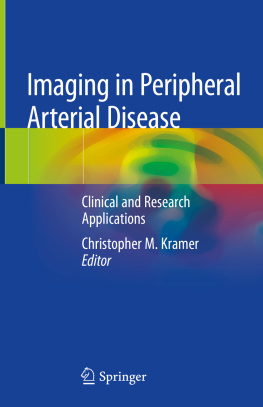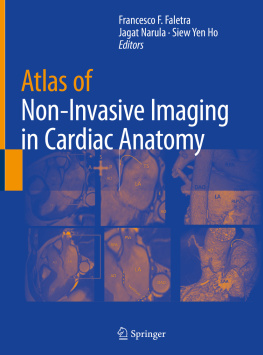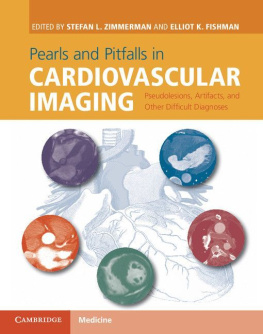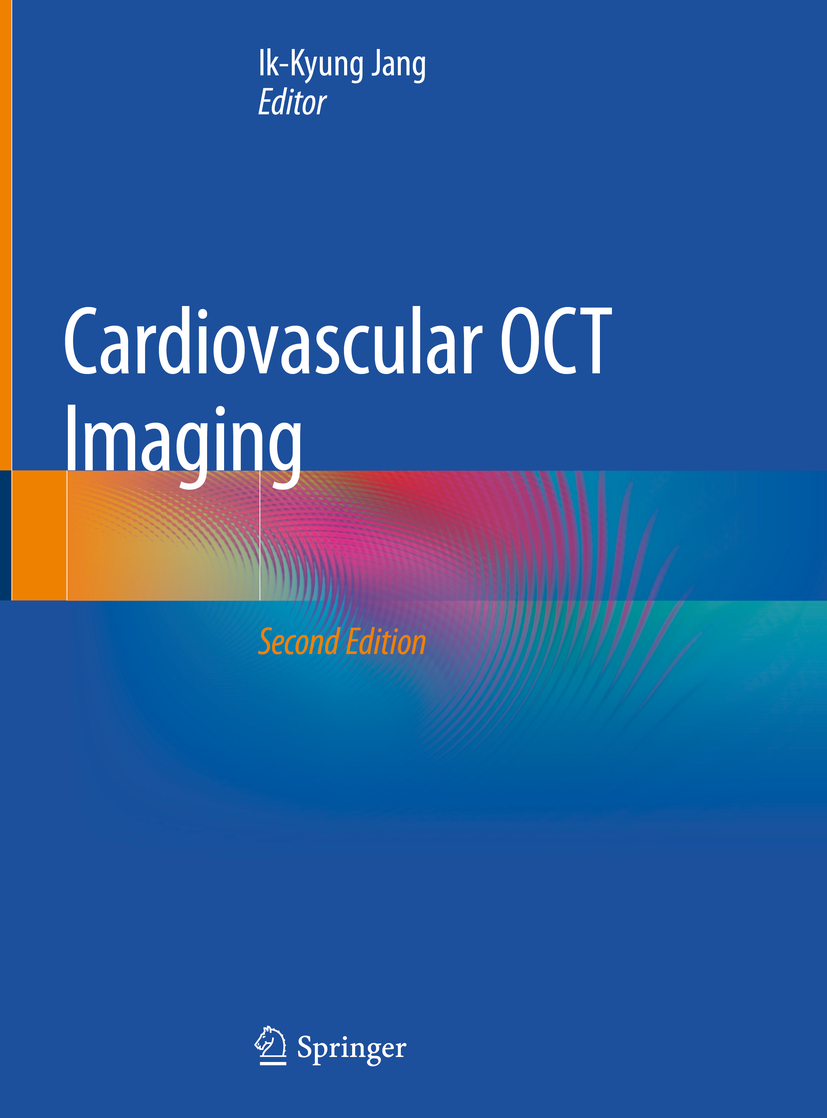Editor
Ik-Kyung Jang
Massachusetts General Hospital Harvard Medical School, Boston, MA, USA
ISBN 978-3-030-25710-1 e-ISBN 978-3-030-25711-8
https://doi.org/10.1007/978-3-030-25711-8
Springer Nature Switzerland AG 2020
This work is subject to copyright. All rights are reserved by the Publisher, whether the whole or part of the material is concerned, specifically the rights of translation, reprinting, reuse of illustrations, recitation, broadcasting, reproduction on microfilms or in any other physical way, and transmission or information storage and retrieval, electronic adaptation, computer software, or by similar or dissimilar methodology now known or hereafter developed.
The use of general descriptive names, registered names, trademarks, service marks, etc. in this publication does not imply, even in the absence of a specific statement, that such names are exempt from the relevant protective laws and regulations and therefore free for general use.
The publisher, the authors, and the editors are safe to assume that the advice and information in this book are believed to be true and accurate at the date of publication. Neither the publisher nor the authors or the editors give a warranty, expressed or implied, with respect to the material contained herein or for any errors or omissions that may have been made. The publisher remains neutral with regard to jurisdictional claims in published maps and institutional affiliations.
This Springer imprint is published by the registered company Springer Nature Switzerland AG
The registered company address is: Gewerbestrasse 11, 6330 Cham, Switzerland
Foreword
Since the first report on OCT over two decades ago, interest in this imaging technology in medicine has exponentially increased, initially in ophthalmology and recently in cardiology. Introduction of this intravascular imaging modality in cardiology coincided with the emergence of a new concept, namely, the detection of vulnerable or high-risk plaque. As vulnerable plaque represents microstructural changes of coronary plaque including thin fibrous cap overlying lipid pool and increased lipid pool, it was thought that this high-resolution imaging modality would be ideal for detecting vulnerable plaques. Indeed, OCT has been proven to be an invaluable tool not only for detecting high-risk plaques but also for studying in vivo vascular biology, particularly in order to understand the pathophysiology of acute coronary syndromes. With a series of OCT studies, our understanding on the pathogenesis of acute coronary syndrome has made remarkable progress and confirmed many findings, which had been possible only in autopsy studies previously. Since OCT can be used in patients repeatedly, in vivo serial studies have been reported, and these studies have provided critical information on the evolution of vascular structure over time and also the vascular response to interventions such as cholesterol-lowering therapy.
In addition to the application of OCT to research, OCT has been increasingly used in interventional cardiology, primarily to optimize percutaneous coronary intervention with stenting. Despite gradual adoption of this technology in cardiac catheterization laboratories, the clinical value of OCT remains undefined. How to maximize the information provided by OCT to optimize percutaneous procedures is not widely known. This book will provide background and practical tips for interventional cardiologists.
Since his first report on in vivo OCT application in 2001, in my view, Dr. Jangs group has been the leader in OCT in cardiology. His group brought this technology from bench to bedside through series of preclinical and clinical studies. They for the first time established the OCT criteria for plaque characterization, reported differences in plaque characteristics in patients with various clinical presentations, and recently published the first in vivo demonstration of plaque erosion, one of the important underlying mechanisms for acute coronary syndromes. In addition, his group published the first paper comparing OCT and intravascular ultrasound after stenting, demonstrating the higher sensitivity of OCT in the detection of stent-related complications.
This textbook covers all the practical aspects of OCT in current research as well as clinical practice. With the rapidly growing interest in OCT, this book is extremely timely and very relevant for all cardiologists interested in vascular biology or interventional cardiology. My warmest congratulations to Dr. Jang and his group for such outstanding contributions to the field of cardiovascular medicine.
Valentin Fuster
Contents
James G. Fujimoto , Joseph Schmitt , Eric Swanson , Aaron D. Aguirre and Ik-Kyung Jang
Teruyoshi Kume , Takashi Kubo and Takashi Akasaka
Tom Adriaenssens
Jennifer E. Phipps , Taylor Hoyt , David Halaney , J. Jacob Mancuso , Sahar Elahi , Andrew Cabe , Mehmet Cilingiroglu , Thomas E. Milner and Marc D. Feldman
Francesco Fracassi and Giampaolo Niccoli
Vikas Thondapu , Peter Libby and Ik-Kyung Jang
Ashkan Parsa and Jacqueline Saw
Teruyoshi Kume and Shiro Uemura
Taishi Yonetsu
Tom Adriaenssens
Alessio Mattesini , Antonio Martellini , Luigi Tassetti and Carlo Di Mario
Rocco Vergallo and Ik-Kyung Jang
Kensuke Nishimiya and Guillermo Tearney
Martin Villiger , Jian Ren , Nstor Uribe-Patarroyo and Brett E. Bouma

